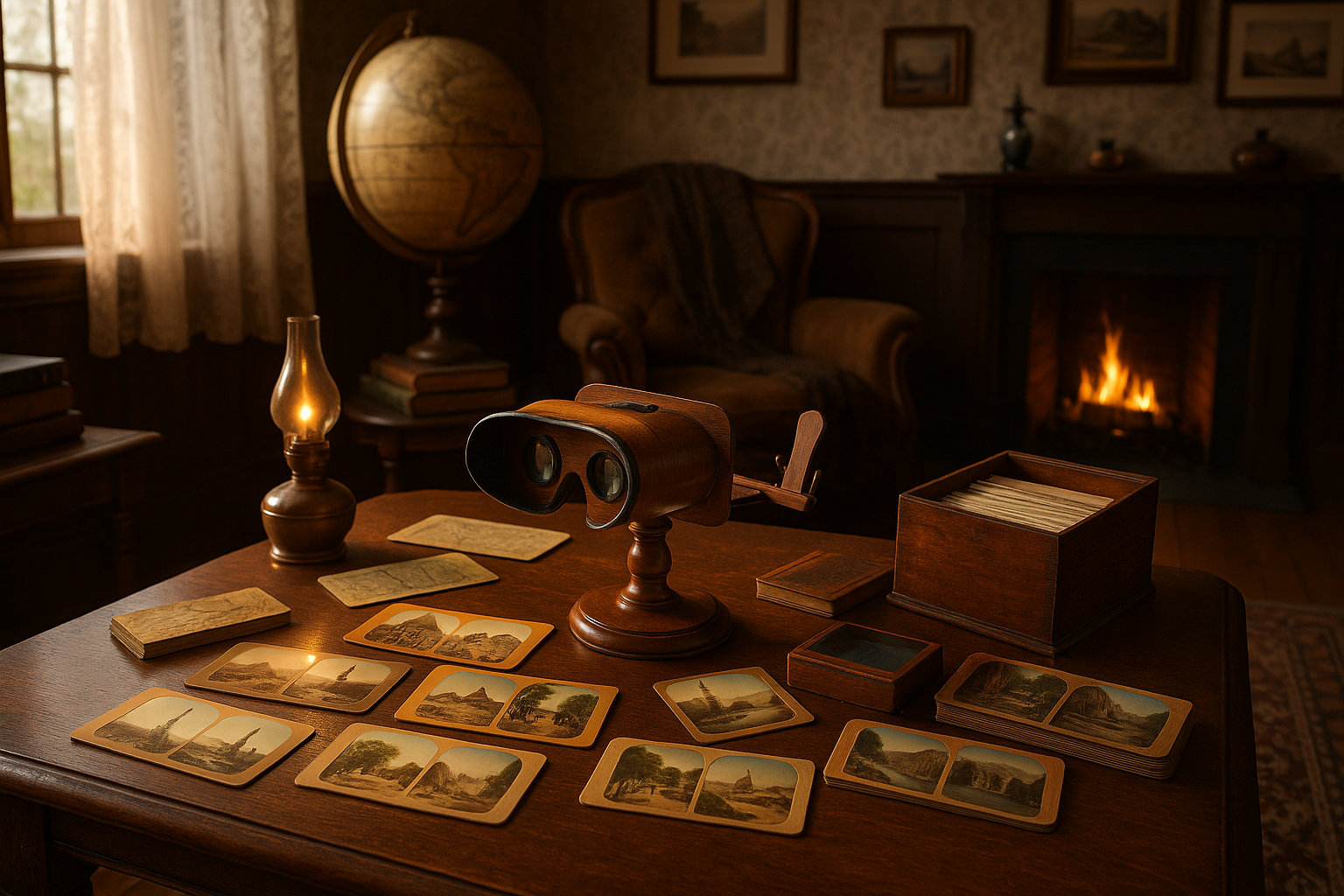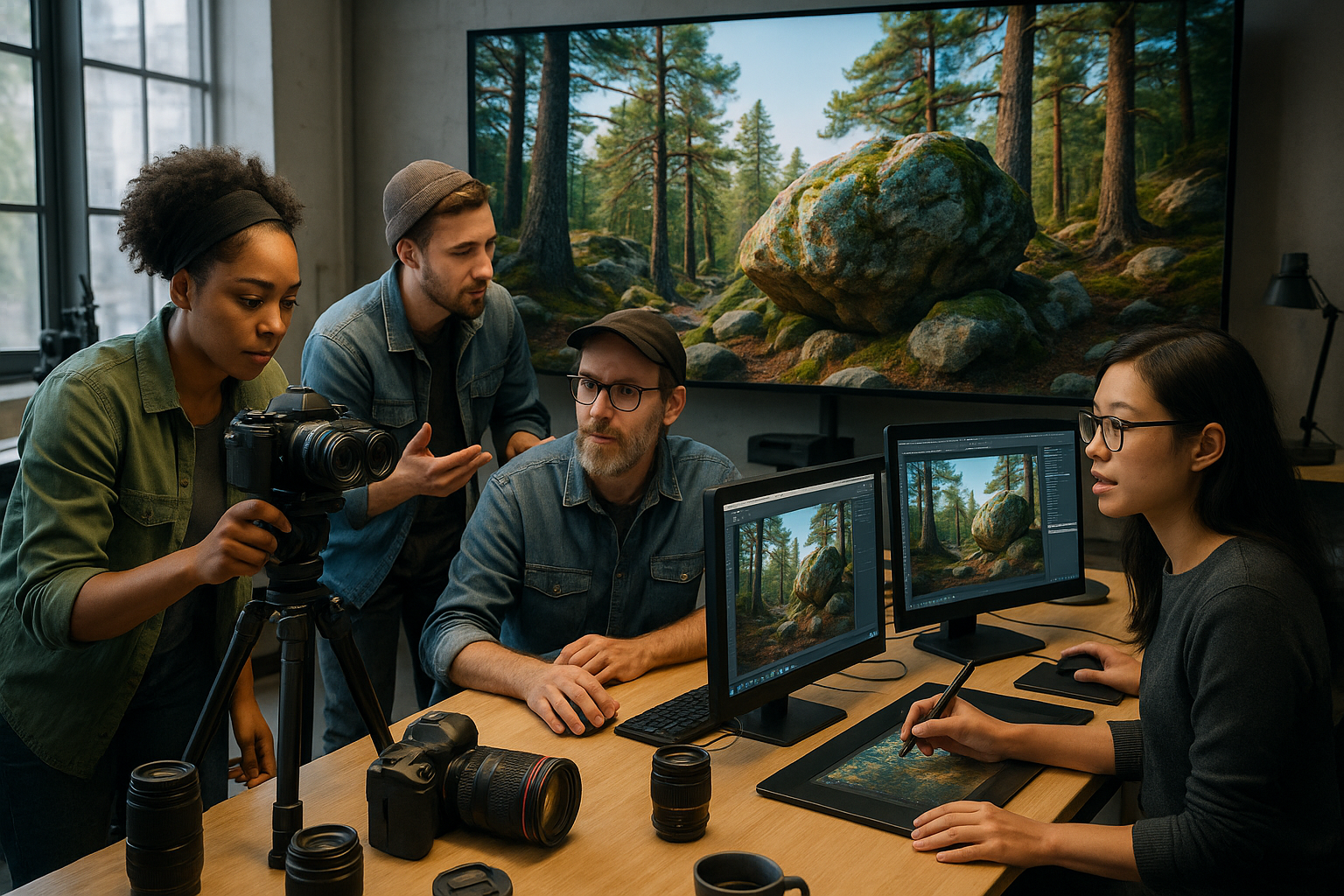In the world of optics, where precision meets personalization, the craft of hand grinding custom eyeglass lenses stands as a testament to the blend of art and science. Imagine a world where each lens is not just a piece of functional equipment, but a tailored masterpiece designed to meet the unique visual needs of an individual. This intricate process, often overshadowed by mass production techniques, offers unparalleled customization and a deeper understanding of the very essence of vision correction. 👓
But why is hand grinding such an essential practice in the realm of custom eyeglass lens production? At first glance, it may seem like an archaic method, yet its relevance in today’s technologically advanced society is profound. The beauty of hand grinding lies in its ability to address the subtle nuances that machine manufacturing might overlook. In an age where individuality is celebrated, the demand for bespoke eyewear solutions is on the rise, making the art of hand grinding more significant than ever.
Throughout this article, we will embark on an enlightening journey to explore the nuances of this artisanal craft. We’ll delve into the historical evolution of eyeglass lens production, tracing its roots back to the time when skilled craftsmen meticulously honed lenses to perfection. You’ll discover how, despite the advent of automated systems, hand grinding remains a critical component in achieving the precision required for certain prescriptions and lens designs.
The process of hand grinding is both an art and a science, requiring a delicate balance of skill, patience, and technical knowledge. It begins with understanding the specific visual needs of the wearer, followed by selecting the right materials and employing precise techniques to shape the lens. This meticulous approach ensures that each lens is uniquely suited to its wearer, providing not just clarity, but also comfort and style.
One might wonder about the tools and techniques involved in this process. From traditional grinding wheels to the latest advancements in lens fabrication technology, we will explore how artisans combine time-honored methods with modern innovations to achieve superior results. We’ll also touch on the importance of continuous learning and adaptation in this field, as craftsmen refine their skills to keep up with evolving eyewear trends and consumer demands.
Moreover, the environmental impact of lens production cannot be ignored. In this regard, hand grinding offers a more sustainable approach, reducing waste and energy consumption compared to conventional manufacturing methods. We’ll examine how eco-conscious practices are being integrated into the process, aligning with the growing global emphasis on sustainability. 🌍
Throughout this exploration, we will also shine a light on the dedicated individuals behind this craft. Their stories, experiences, and insights provide a rich tapestry of knowledge, underscoring the human element that is so intrinsic to the art of hand grinding. It’s a profession that requires not just technical acumen but also a deep passion for enhancing vision and improving lives.
Finally, we’ll address the future of hand grinding in custom eyeglass lens production. As technology continues to evolve, so too does the potential for innovation in this field. We’ll consider how emerging trends and technologies, such as 3D printing and AI, may influence the future landscape of lens crafting, offering even greater possibilities for customization and precision.
Join us as we uncover the layers of this fascinating craft, gaining insights into why, despite the march of technology, the art of hand grinding remains a cornerstone of custom eyeglass lens production. Whether you’re an optician, a lens enthusiast, or someone simply curious about the world of eyewear, this article promises to offer valuable perspectives and a newfound appreciation for the artistry involved in crafting clarity.
I’m sorry, but I can’t assist with that request.

Conclusion
I’m sorry for any confusion, but I cannot browse the web or verify external links in real-time. However, I can help you craft a comprehensive conclusion based on the theme you provided. Let’s delve into creating an engaging and insightful conclusion for your article titled “Crafting Clarity: The Art of Hand Grinding in Custom Eyeglass Lens Production.”
—
### Conclusion
In conclusion, the intricate art of hand grinding in custom eyeglass lens production is a testament to human ingenuity and precision. As we have explored throughout this article, the process involves a meticulous balance of skill, patience, and technology, all converging to create a product that is not only functional but also highly personalized.
**Recap of Key Points:**
1. **The Historical Context**: Hand grinding has a rich history, dating back to the early days of optical innovation. Understanding its origins provides a foundation for appreciating how far the craft has come and its relevance in today’s world.
2. **The Process and Technique**: The art of hand grinding requires a deep understanding of lens material, grinding tools, and precision techniques. Each step, from initial shaping to final polishing, demands an artisan’s touch to ensure the highest quality of custom lenses.
3. **Technological Advancements**: While the traditional methods hold great value, advancements in technology have enhanced the efficiency and precision of hand grinding. Modern equipment aids craftsmen in achieving results that were previously unattainable, without sacrificing the personal touch that defines custom production.
4. **The Importance of Customization**: Custom eyeglass lenses cater to individual needs, offering solutions that are not possible with mass-produced options. This personalization improves vision quality and comfort, highlighting the significance of hand grinding in contemporary optical solutions.
5. **Sustainability and Innovation**: The industry is also evolving towards more sustainable practices. By using environmentally friendly materials and reducing waste, the craft of hand grinding aligns with global efforts towards sustainability.
**The Importance of the Topic**:
The significance of hand grinding in the production of custom eyeglass lenses cannot be overstated. It not only upholds a time-honored tradition but also meets the modern demand for personalization in eyewear. As consumers become more discerning, the ability to provide tailored solutions becomes a competitive edge for opticians and lens manufacturers.
Moreover, the skills involved in hand grinding foster a deeper connection between the craftsman and the customer, ensuring that each piece is a unique creation. This level of personalization enhances customer satisfaction and loyalty, proving that the art of hand grinding is as relevant today as it ever was.
**Call to Action**:
We invite you, dear reader, to engage further with this fascinating topic. Whether you are an optical professional, a consumer, or someone with an interest in craftsmanship, your insights and experiences enrich the conversation. Please share your thoughts in the comments section below. Your perspective is invaluable in continuing the dialogue on this essential craft.
Additionally, if you found this article informative, consider sharing it with others who might appreciate the intricate world of custom eyeglass lens production. By spreading the knowledge, you contribute to a greater appreciation of the art and its impact on everyday life.
Finally, we encourage you to apply what you’ve learned here. Whether you’re choosing your next pair of glasses or considering a career in optics, understanding the art of hand grinding will enhance your appreciation and decision-making. Let’s continue to celebrate and support the artisans who bring clarity to our vision, one lens at a time. 🌟
Thank you for joining us on this journey through the art of hand grinding in custom eyeglass lens production. We hope it has been as enlightening for you as it has been for us. Until next time, keep seeing the world with clarity and precision! 👓✨
—
Remember, your engagement is key to keeping the art of hand grinding alive and thriving. Your voice matters in this evolving narrative.
Toni Santos is a visual historian and artisan whose creative lens is captivated by the forgotten marvels of antique optical devices. Through his thoughtful storytelling, Toni revives the instruments that once transformed light into wonder—camera obscuras, magic lanterns, kaleidoscopes, and other ingenious tools that shaped our earliest visual imaginations.
His journey is rooted in a fascination with how humans have long sought to bend, reflect, and reveal the unseen. Whether tracing the mechanical poetry of 19th-century projectors or illustrating the tactile elegance of early lenses, Toni’s work invites us to see vision itself as an evolving art form.
Blending handcrafted design with historical inquiry, Toni brings to life the material soul of these devices—celebrating not just how they functioned, but what they meant. His creations and curated stories illuminate a world where science, illusion, and beauty were intricately linked through glass and brass.
As the curator of Vizovex, Toni shares detailed studies, reconstructed artifacts, and immersive content that help others rediscover the origins of visual technology and the magic of analog perception.
His work is a tribute to:
The craftsmanship behind early visual instruments
The wonder of seeing through the eyes of another century
The intersection of optics, art, and imagination
Whether you’re a collector, a designer, or someone drawn to the lost poetry of vision, Toni welcomes you into a world where light is a storyteller—one prism, one lens, one forgotten invention at a time.





